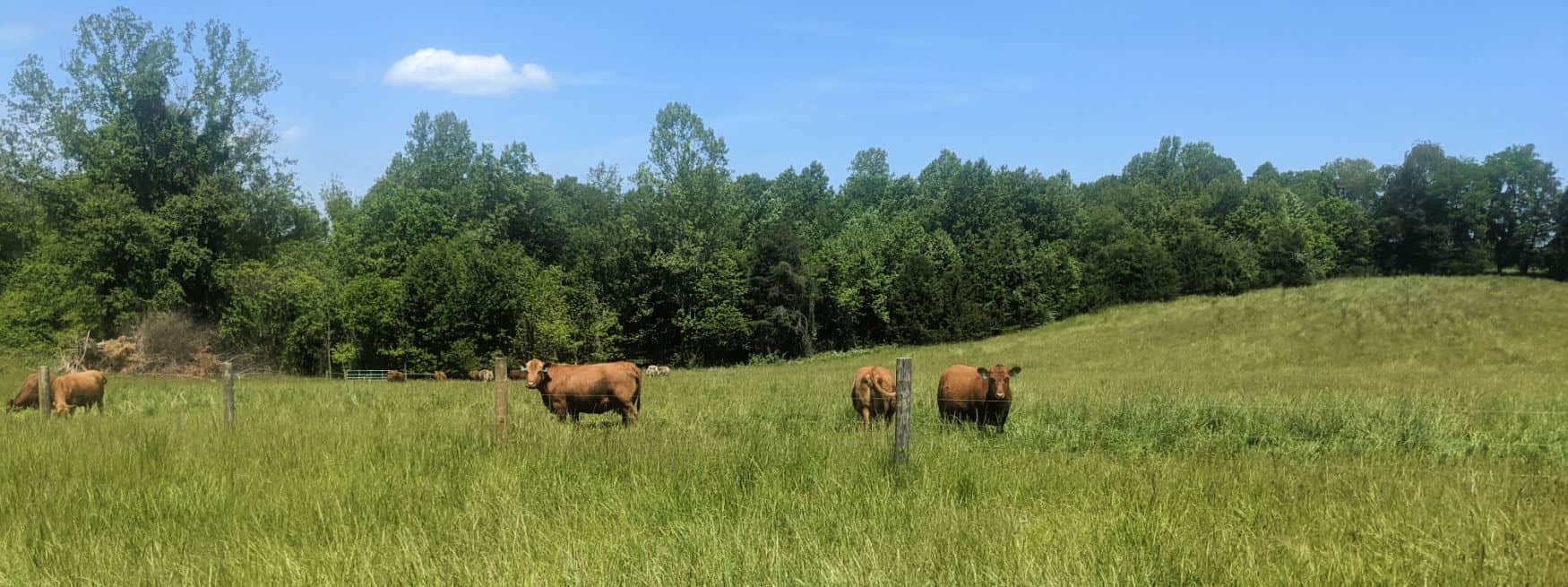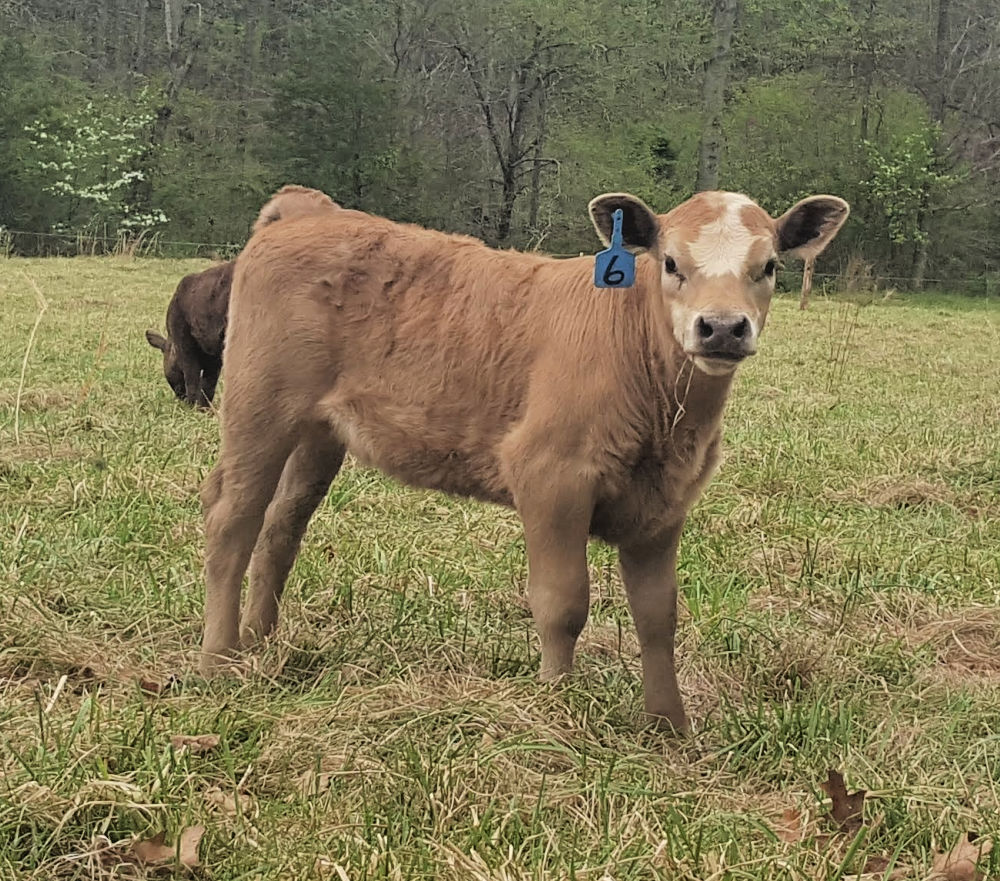Animal Welfare – Cattle Manager’s Job #1


When we’re talking about a domestic beef cattle operation, it’s pretty much the opposite of letting nature take its course. When we domesticated cattle 8k years ago, we sort of entered into an implicit agreement to take off some of the biological load that wild animals have to deal with. We started affording them a certain level of safety, and helping to ensure them sufficient feed and water.
There are human fingerprints all over the process, what we now call artificial selection. We’ve extended our intervention beyond offering protection from predators, and eliminating their need to migrate. We do things like vaccinate, control parasites, define breeding seasons, assist in difficult births, we bottle feed orphan calves, we help newborns with contracted tendons stand and nurse.
All of this is unnatural, yet it’s something cattle managers do every day, without really even thinking about it.
It’s to the point that if any animal in our care dies a “natural” death, it’s fairly safe to say that we failed at some point. Fact is, we chose when these animals are born, and we chose when they die. Natural deaths are not the peaceful events we like to tell ourselves they are. Short of a lightning strike, or a massive heart attack, natural deaths are typically at the end of some sort of painful decline. A natural death in cattle, domestic or otherwise, usually starts with some sort of a loss of mobility, which will eventually lead to death by dehydration, unless the predators, like coyotes, buzzards or feral hogs, get there first. Nothing beautiful and serene about this.
It’s a deal we make with our charges – we’ll keep you safe and comfortable, you provide us with burgers.

If you’re trying to run a profitable operation, letting nature run things isn’t a good idea. Mother nature does what’s convenient, and she doesn’t give a shit about the viability of your business, or the comfort of your animals. The buzzard’s gotta eat too.
Adequate Nutrition
Making sure animals are fed shouldn’t be such a hot topic, but it is. Cows are ruminants and should eat grass, and that’s basically true, and it sounds absolutely divine, until you realize that whatever your definition of “plain old grass” is, it probably doesn’t grow in sufficient quantities year round to feed cattle. So what our cattle eat depends a lot on the type of cattle, and what part of the country we’re in.
It breaks down into two pieces – the right kind of feed, and enough of it, however that works. There’s a bit of a fashionable viewpoint that grazing is the ideal way to feed cattle, a lot of cattle suffer under that ideology. To hijack a quote from some parenting pages, “Fed is Best”, meaning fuck ideology, get your cows fed. We’re fortunate enough to live in a region where grazing is at least plausible most of the year, but that’s not necessarily the case for all cattle in all regions.
Dry cows (those not nursing calves), lactating cows, and growing calves all have different nutritional requirements, and how we meet those needs can be controversial.
For the most part, a mature cow can live off of hay or pasture, assuming it’s of decent quality, and supplied minerals. (Migratory animals were able to seek out naturally-occurring mineral sources – our domestic cows don’t have that option.) And if the available hay can’t meet her nutritional needs, she’ll need some sort of supplementation, most likely purchased feed, but by-product feeds – bakery waste, for instance, can be used.
Growing calves are capable of attaining market weight – slaughter weight – on pasture alone, but the agronomic and economic challenges make it a risky proposition. Most of them are fed some form of concentrate – grain.

In a beef operation, the goal is to make sure all animals eventually end up in the food system, either as “fat” cattle, or as “culls” – older breeding animals that are nearing the end of their useful life.
Reproductive Health
Making sure calves get off to the right start means making sure their mamas are healthy. Females should be the right age for breeding – 15 months for most herds in our region. When heifers are bred at 15 months, they’ll have their first calf at two years of age.
Bull selection is one of the most important decisions we make as cattle managers. Smart producers use “calving ease” bulls, or “heifer bulls” for their first-time calvers. These bulls are selected (we have tons of breeding records available to us) because they are of lines (a word we use when we’re discussing sub-groups within a breed) that throw (that’s the word we use) smaller calves. On our farm, we’ve always just used calving ease bull, but some producers use different bulls on older cows. It’s a purely management decision.
Most of us start with defined breeding seasons. We select a six or seven week span of time to put the bull in with the cows, we call it a breeding window, and remove the bull after 45 to 63 days, in effect closing the breeding window. With that defined breeding window, we get a defined “calving window”, nine months later. We make sure that we closely monitor the cows, often checking them several times per day, to make sure that everything goes right when they give birth.
And while it’s “unnatural” to assist with any births, we try to make sure the cows get any help they may need, and that the calves get any necessary help as well. We make sure abandoned calves are cared for, and that calves born with contracted tendons (they can’t fully straighten out their front legs) get help standing, calves that get too wet or too cold get warmed.
The defined calving season varies from farm to farm, with some farmers opting for a spring calving season, others for a fall calving season. It has to do with heat, flies, labor resources, feed availability, marketing decisions, and a dozen other things. Most farmers in central Virginia have moved to fall calving.

Calving season is exciting as well as potentially exhausting. During that 45 – 63 day calving window, farmers (should) check at least twice per day, making sure that all goes well. First-calf heifers are more likely to have difficulties, so they need a bit of extra attention. But ideally, calving season should just be a monitoring process, with little human intervention. But farmers always need to be prepared for twins, difficult births, cows that don’t accept their calves.
And most farmers tag their newborns.

Medical Care
Producers should work with their vet to determine the appropriate vaccines for their animals, knowing that the recommendations can change due to local conditions and risks. And certain buyers may have additional vaccine requirements. So producers need to make sure that the right vaccines get administered to the right animals at the right time – calves, breeding animals, and market animals all have different vaccine protocols, and yes, a lot of them need to be boostered, and no, they’re not all on the same booster schedule.
We do daily visual health assessments, checking for lameness, runny eyes, runny noses, lethargy, that sort of thing. With our vets on speed-dial, we determine the best course of treatment for an animals that, for instance, has a runny eye. Our vets are aware of conditions in our area, and know, for instance, if one course of treatment works better than another. What works one year may not work the next.

Parasite Control
And it’s not just about reproductive health. Preventing parasites – internal and external is a big part of what we do, or at least, should be doing. Most grazing animals carry at least some internal parasite load – but we can minimize the impact with our grazing management – keeping animals from grazing grass that’s too short – and with anti-parasitic medications, like Ivermectin.
External parasites, flies and ticks, pose a much greater risk to animals in our region, causing not only discomfort, but carrying disease, particularly pink-eye. Once again, letting nature handle it is cruel – our animals can’t always escape flies like they would if they could venture freely. So we control flies through our grazing practices, and with chemical controls, including pour-ons, sprays, and insecticidal ear tags.
Cows expend a lot of energy avoiding and swatting at flies, energy that they would otherwise use providing nutrition to their calves, so minimizing their fly-load is an animal welfare issue, as well as an economic one.
Injury Prevention and Detection
We do a head count, and check for issues in the pastures, trees down, or problems with the fences.
Cattle are notorious for getting their heads stuck.

Happy, healthy animals are more profitable than crazy sickly ones. It’s stupid that I have to say it.
Physical Comfort
At any level, stressed animals are problem animals, whether it’s being separated from their calves, their buddies, subjected to excessive noise, agitated handlers, barking dogs. Protecting our animals from temperature extremes, heavy fly-loads, and deep mud is an economic as well as an animal welfare consideration.
And it’s not just about the animals themselves. Stressed animals are more likely to injure themselves, each other, the facilities, and their handlers. Buyers aren’t willing to pay as much for crazy animals. If animals are crazy, it’s usually the result of poor handling, or not enough handling.

Animal welfare, particularly humane handling, is a huge area of concern in the cattle industry. And while it’s tempting to think that small producers have a lock on humane handling, large facilities are typically designed with animal welfare in mind – if you’ve ever heard of Temple Grandin, she’s behind a lot of it. Calm, healthy animals move through the system – birth to burger – more efficiently. It’s as simple as that.
And it doesn’t have much to do with facility size. Large facilities typically place a high value on animal welfare. Small producers may not have the knowledge or the resources to design safe handling systems.
Healthy, well-handled animals eat better, so they gain better -we all get paid by the pound in this business. Well-handled, i.e. humanely handled animals will equate humans with good things, like feed, not bad things like chaos, loud noises or medical procedures. They will be less likely to hurt themselves, or their handlers. They’re more likely to stay where they’re supposed to stay, and the end product – the meat that ends up on your dinner plate -will be more affordable, and of higher quality.
Physical comfort means that they have what they need to withstand extreme temperatures, – windbreaks, dry ground and plenty of feed are all that a beef cow needs to comfortably survive our winters here in Central Virginia.


0 Comments